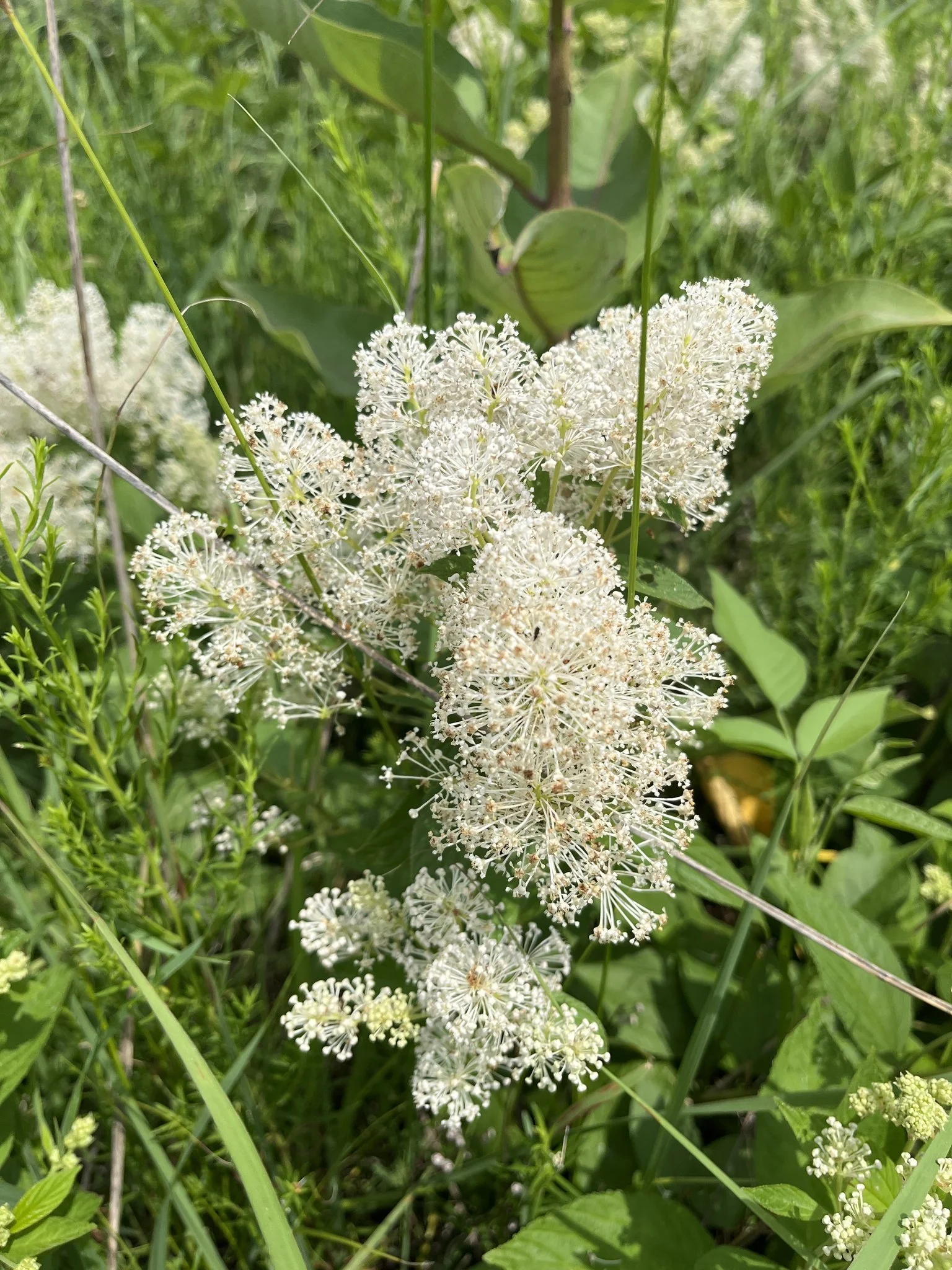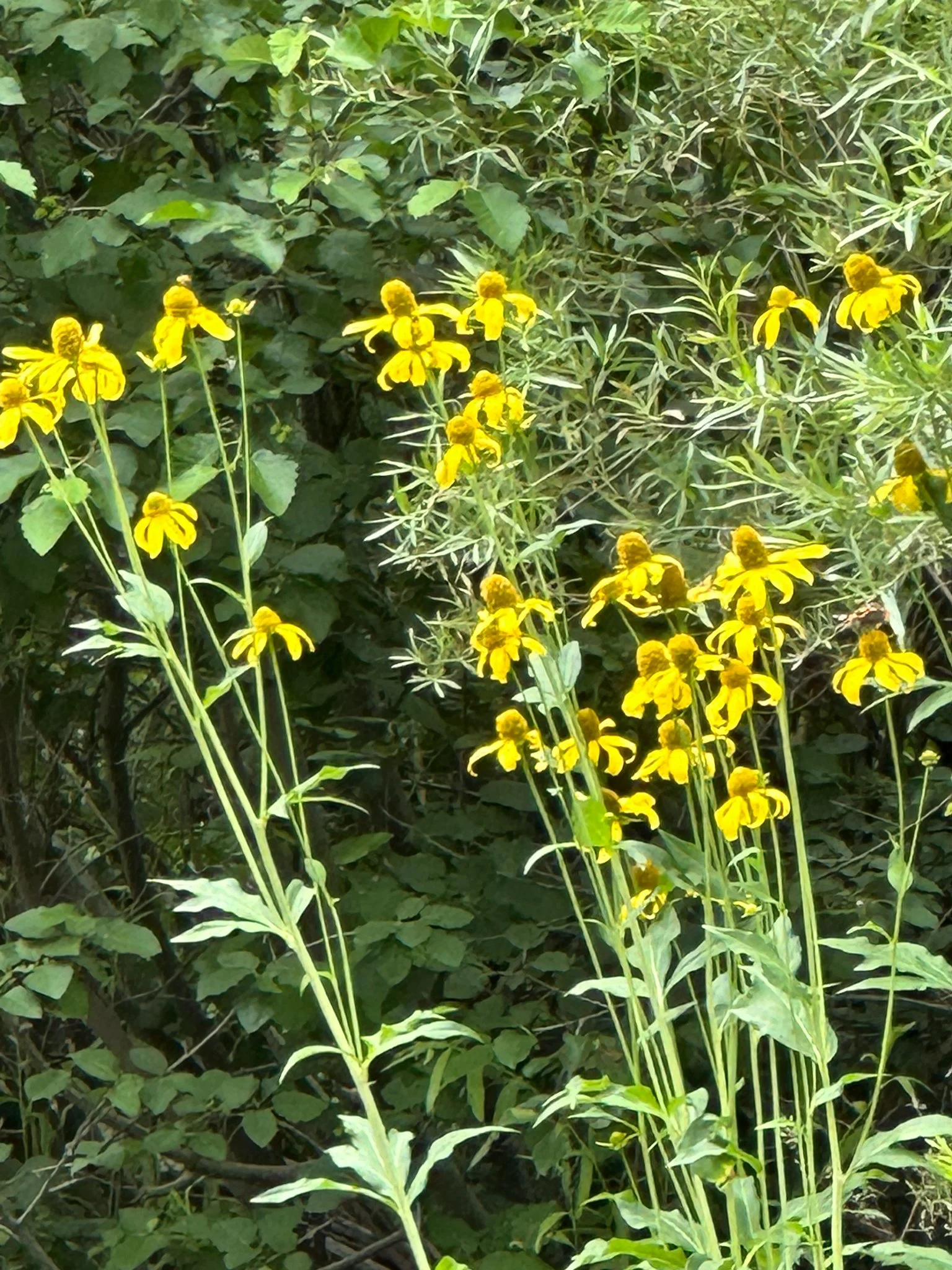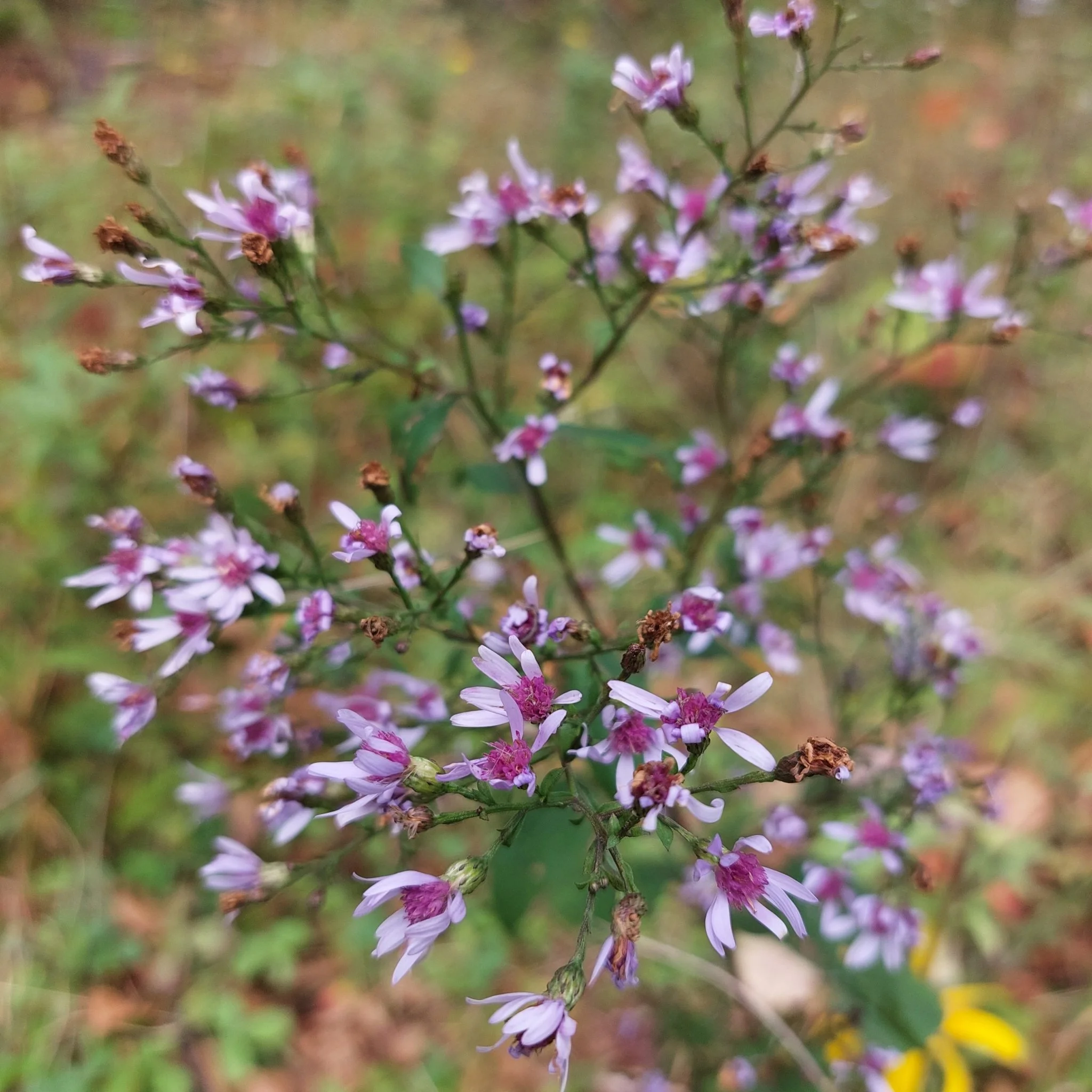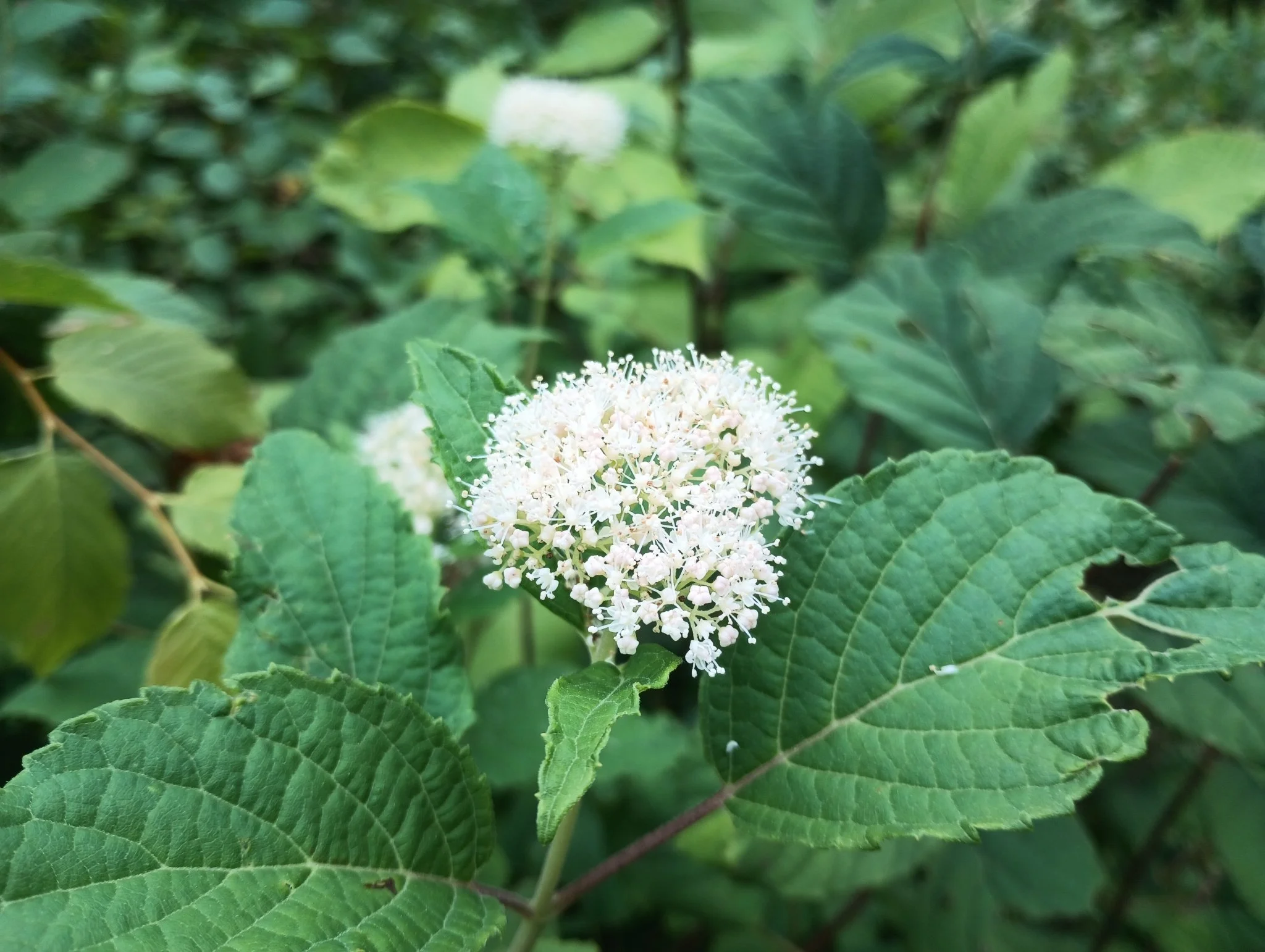Full Sun Kit

-

Swamp Milkweed
Soil moisture:
Height:
Bloom time:
Early nectar source & host plant to __ butterfly and moth species
Botanical name: Asclepias syriaca
-

Virginia Mountain Mint
Soil moisture:
Height:
Bloom time:
Host plant to __ butterfly and moth species (e.g., Silvery Checkerspot and Pearl Crescent butterflies)
Botanical name: Pycnanthemum virginianum
-

Scarlet Bee Balm
Soil moisture:
Height:
Bloom time:
Host plant to __ butterfly and moth species
Botanical name: Monarda didyma
-

New Jersey Tea
Soil moisture:
Height:
Bloom time:
Host plant to __ species of butterflies and moths
Botanical name: Ceanothus americanus
-

Swamp Rose
Soil moisture:
Height:
Bloom time:
Early nectar source & host plant to __ butterfly and moth species
Botanical name: Rosa palustris
Part Sun to Part Shade Kit

-

Eastern Bluestar
Soil moisture:
Height:
Bloom time:
Early nectar source & host plant to __ butterfly or moth species
Botanical name: Amsonia tabernaemontana
-

Sochan / Cutleaf Coneflower
Soil moisture:
Height:
Bloom time:
Early nectar source & host plant to __ butterfly and moth species
Botanical name: Rudbeckia laciniata
-

Heart-leaved Aster
Soil moisture:
Height:
Bloom time:
Early nectar source & host plant to __ butterfly and moth species & attracts hummingbirds
Botanical name: Symphyotrichum cordifolium
-

Smooth Hydrangea
Soil moisture:
Height:
Bloom time:
Host plant to __ butterfly and moth species e.g., Eyed Brown butterfly
Botanical name: Hydrangea arborescens
-

Dutchman's Pipevine
Soil moisture:
Height:
Bloom time:
Early nectar source & host plant to __ butterfly and moth species
Botanical name: Aristolochia tomentosa
Planting Directions
1. Water your soil well before planting if it hasn’t been raining.
2. Water the plugs well after planting, and push down around them (gently but firmly) to ensure no air pockets remain around the roots.
3. If there is no rain forecast, water daily for the first 10-14 days, preferably in the morning.
Keep an eye on the forecast after that, and supplement water for the first month to 6 weeks if we don't get at least an inch per week.
Planting
Make a planting hole about 2x the size of the plug, and you will want to "tease" the roots into a looser cluster so that they can immediately start spreading. These plants have been growing for months in their containers and are ready for more root room!
Note: If you lose your plant tags over time, the plant apps Picture This or Seek by iNaturalist work well at identification once your plant is older than a seedling.
It is helpful to lightly surround the plants with a few inches of mulch or leaves after they're planted, which will break down over time into excellent fertilizer, protect from weed competition near the plant roots, and even insulate the plant in winter.
Protection
Keep an eye out for the National Weather Service's Frost/Freeze Advisories. You can set alerts for this in most phone weather apps. If one is forecast and you have planted your plugs, you will want to cover them overnight with an old sheet. If you haven't planted them yet, bring them inside overnight. Previously planted natives should be fine because they have already acclimated to the cold.
Keep an eye out for bunny and deer nibbles as soon as your plants are in the ground. Nibbles are not always a death sentence for the plant thanks to root strength, but it defeats the purpose of planting for pollinators if the blooms never show up! Critter protection is a whole other learning curve, but fencing is usually essential if you have deer in your neighborhood (even if it is only wooden stakes with invisible fishline that they bump into, a tactic that has worked in many of our neighbors' yards). Bunnies can be deterred by lower mesh enclosures or individual wire cloches while the plants are rooting and growing. Mature perennials are rarely killed by any kind of animal browsing because they are healthy and large.
Containers
According to this lovely nursery in Kentucky, at least some varieties of: Bee Balms, Columbines, Milkweeds (Butterfly), Wild Indigo, and Mountain Mint are container-friendly. Experiment on your own and if the plant doesn't look happy, move it to the ground.
* * *
That is it for basic plant care - we know it seems like a lot, but in practice it's not bad and you will get the hang of it in no time.
